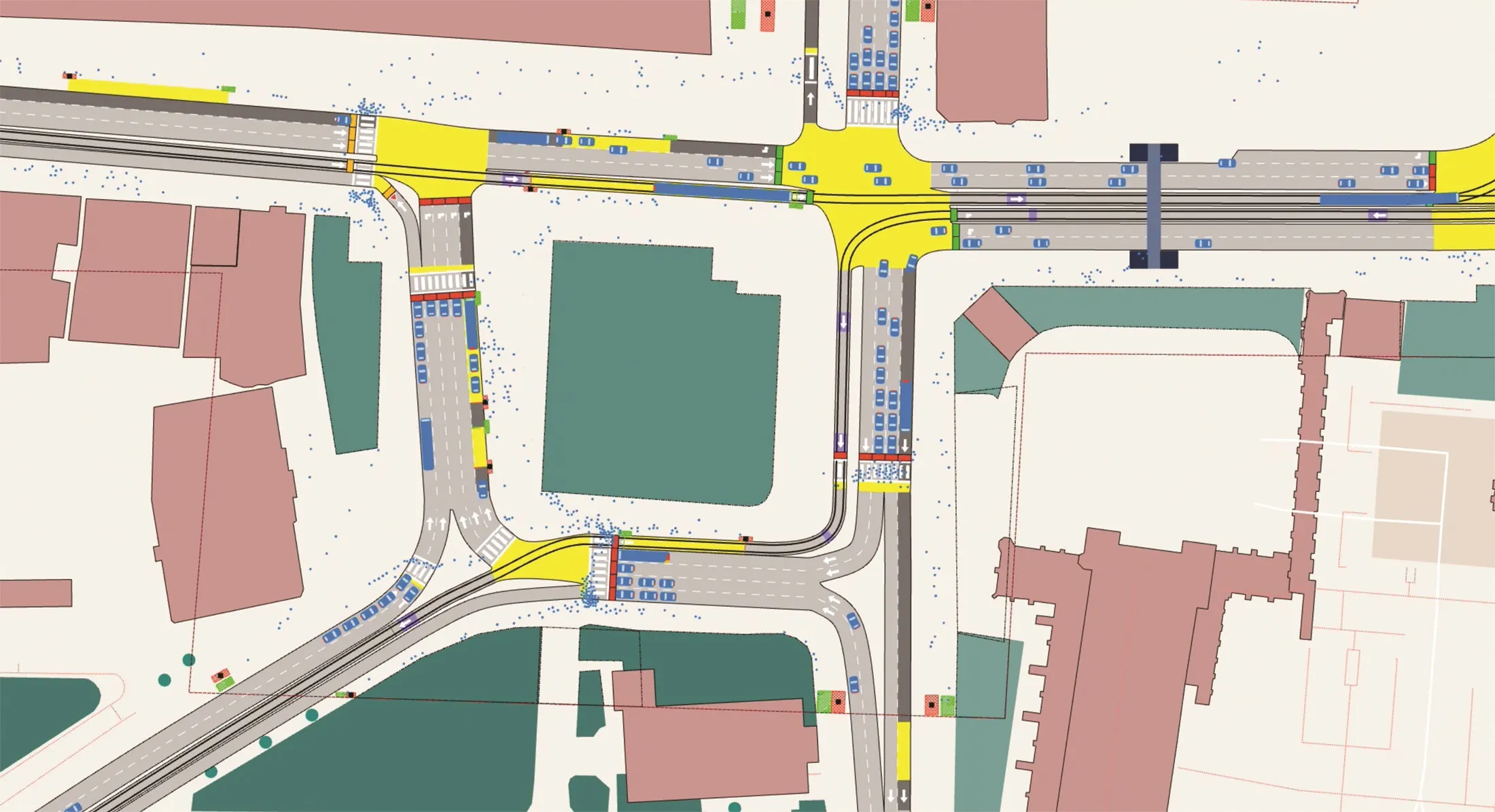Frost & Sullivan’s webinar on 10 June 2015 at 1500 GMT will discuss the perspectives on intelligent mobility from various regions of the world; the potential to achieve carbon emission reduction, congestion alleviation and per-capita carbon footprint reduction; the roadmap to achieve intelligent mobility and the role of gamification; and comparative analysis of OEM strategies to achieve intelligent mobility, including a case study.
Speakers are Frost & Sullivan program manager Automotive & Transportation
June 1, 2015
Read time: 2 mins
Speakers are Frost & Sullivan program manager Automotive & Transportation, Prana T. Natarajan, and senior consultant, Nick Ford.
Frost & Sullivan says that in an intelligent transportation network that embraces new mobility business models, we must think beyond automated vehicles. There is a need for a unified approach that reaps benefits across safety, fuel economy and better flow of traffic. This can only be done when vehicles are not only automated, but are capable of communicating with each other, have a better sense of eco-driving and embrace new mobility modes to achieve leaner commuting.
This webinar will showcase untapped opportunities for OEMs, transport authorities, mobility integrators and various other stakeholders.
“The concept of intelligent mobility focuses on defining a roadmap for all involved industry stakeholders, which aims to reduce traffic congestion by up to 25 percent and pollution by 15 percent by 2035,” says Natarajan.
To register, e-mail Katja Feick, Corporate Communications (link [email protected]) with your full name, job title, company name, company telephone number, and company email address, website, city, state and country.










